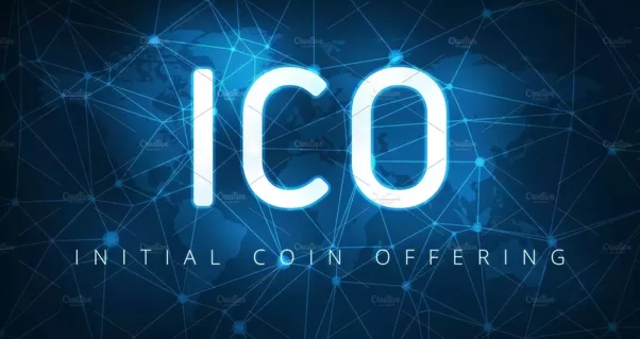According to analysis by Mark “Murch” Erhardt of Chaincode Labs, 88% of all Bitcoin transaction inputs pay higher fees than are necessary. Erhardt bases his conclusion on data showing just 12% of transaction inputs use the SegWit format, which is less fee intensive than transacting with legacy inputs.
Erhardt believes that a reliance on legacy transaction fees keeps Bitcoin blocks smaller than they could otherwise be, contributing to a seemingly growing backlog of unconfirmed transactions.
A clogged up Bitcoin mempool containing 107 blocks worth of transactions at one point yesterday serves as a reminder that it is possible to save money on fees by creating less costly transactions. The easiest way to do this, according to Erhardt, is by adopting SegWit for all future transactions.
Erhardt pointed out that switching from legacy to data efficient SegWit transactions is necessary to minimize bloating of the blockchain:
“The longer less efficient output formats are prevalent, the more future blockspace debt we accumulate.”
Erhardt believes that integration of SegWit into major wallet provision services is long overdue, contributing to unnecessary mempool and blockchain bloat. “It's been almost 3.5 years since SegWit activated,” he noted at the end of a thread about the state of the mempool.
“At what point is it acceptable to consider wallets that cannot send to native SegWit addresses outdated?”
Advertisement
Stay safe in Web3. Learn more about Web3 Antivirus →
Employed for years as a cryptocurrency wallet developer before being hired at Chaincode Labs in 2020, Erhardt is a specialist in UTXO management for commercial Bitcoin wallets, helping them save money on business-related transaction and maintenance costs in a variety of ways.
SegWit transactions currently account for approximately 51% of all Bitcoin transactions; a statistic that is deemed likely to grow in size as commercial wallet providers face rising demand for SegWit address support.
The estimated minimum fee for inclusion into the next block is currently 149 sat/byte, which equates to a fee of $14.97 at a price of $44,870 per BTC.
How using SegWit saves on transaction fees
While SegWit transactions are technically no smaller in size than legacy transactions, the components of their data are weighted differently when it comes to including them in a block.
Data pertaining to the witness component of a transaction is considered to be non-essential to a functioning blockchain and therefore discounted when totaling a transaction’s size. This makes SegWit transactions appear smaller and therefore require less of a fee to process — they are quicker to confirm than a legacy transaction with the same fee
How to start using SegWit now
After finding a competent and trustworthy wallet that supports SegWit transactions, the most important component to using SegWit is moving funds designated to be spent from legacy addresses (begins with a “1” or “3”) to SegWit addresses (begins with a “bc1”).
One of the most popular and battle-tested Bitcoin wallets with SegWit support is Electrum, which also supports multi-signature transactions and the import/export of private keys. A growing number of major exchanges are adopting SegWit support, including Bitstamp, BitMEX, and most recently, Binance. This means transactions to exchanges can also be made cheaper by sending them from a SegWit address.





